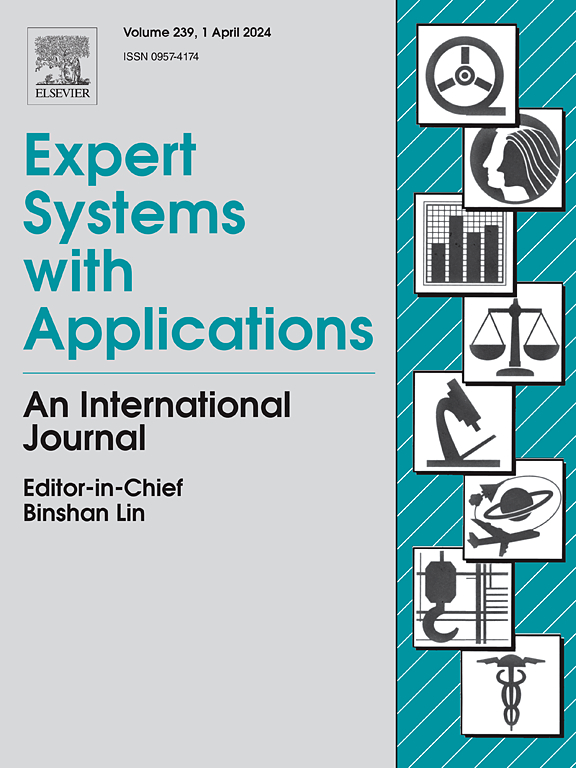Exploring cluster-dependent isomorphism in multi-objective evolutionary optimization
IF 7.5
1区 计算机科学
Q1 COMPUTER SCIENCE, ARTIFICIAL INTELLIGENCE
引用次数: 0
Abstract
In this paper, a Two-Round learning-based Algorithm for Continuous box-constrained multi-objective Evolutionary optimization (TRACE) under the decomposition framework is proposed, in which the isomorphism relationship between the clustered Pareto Front and Pareto solution set is explored and a new time-varying adaptive crossover operator is developed. The learning process involves two stages. In the first stage, the -means is applied to cluster the population of objective vectors. By exploring the property of cluster-dependent isomorphism between the objective space and the decision space, a parent individual for each individual is selected from the corresponding clusters in the decision space. The time-varying adaptive crossover operator is then used together with the classical polynomial mutation operator to generate a new solution based on the selected parent individuals. As part of the environmental selection process, the -means is applied again to the combination of parent and offspring individuals in the objective space to assist in the selection of suitable solutions for each decomposed subspace. TRACE is compared with 11 state-of-the-art multi-objective evolutionary algorithms on totally 43 difficult problems with different characteristics. Furthermore, TRACE is compared with three promising multi-objective evolutionary algorithms for community detection in attribute networks. Extensive experiments show that TRACE significantly outperforms the compared algorithms in most instances.
探索多目标进化优化中的集群同构性
本文提出了一种分解框架下基于两轮学习的连续盒约束多目标进化优化算法(TRACE),其中探索了聚类帕雷托前沿与帕雷托解集之间的同构关系,并开发了一种新的时变自适应交叉算子。学习过程包括两个阶段。在第一阶段,应用 K-means 对目标向量群进行聚类。通过探索目标空间和决策空间之间依赖于聚类的同构性,从决策空间的相应聚类中为每个个体选择一个父个体。然后,时变自适应交叉算子与经典的多项式突变算子一起使用,根据选定的父个体生成新的解决方案。作为环境选择过程的一部分,K-means 方法再次应用于目标空间中的父个体和子个体的组合,以帮助为每个分解子空间选择合适的解决方案。TRACE 与 11 种最先进的多目标进化算法在 43 个具有不同特征的难题上进行了比较。此外,TRACE 还与三种有前途的多目标进化算法进行了比较,这些算法用于属性网络中的群落检测。大量实验表明,TRACE 在大多数情况下都明显优于所比较的算法。
本文章由计算机程序翻译,如有差异,请以英文原文为准。
求助全文
约1分钟内获得全文
求助全文
来源期刊

Expert Systems with Applications
工程技术-工程:电子与电气
CiteScore
13.80
自引率
10.60%
发文量
2045
审稿时长
8.7 months
期刊介绍:
Expert Systems With Applications is an international journal dedicated to the exchange of information on expert and intelligent systems used globally in industry, government, and universities. The journal emphasizes original papers covering the design, development, testing, implementation, and management of these systems, offering practical guidelines. It spans various sectors such as finance, engineering, marketing, law, project management, information management, medicine, and more. The journal also welcomes papers on multi-agent systems, knowledge management, neural networks, knowledge discovery, data mining, and other related areas, excluding applications to military/defense systems.
 求助内容:
求助内容: 应助结果提醒方式:
应助结果提醒方式:


